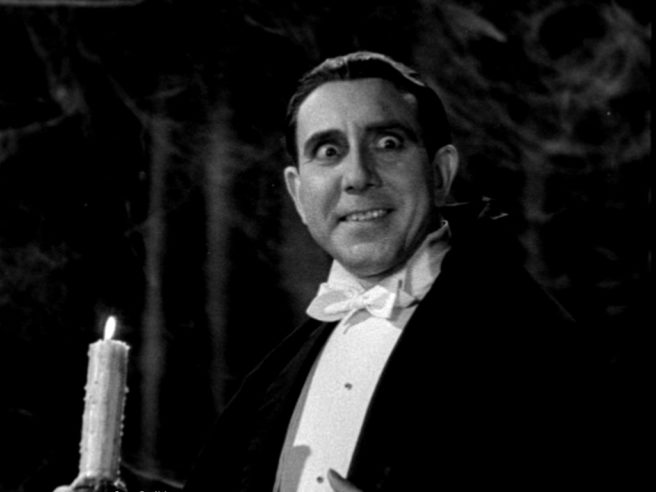
When it comes to Dracula films, there are a few that come to mind. One being the classic Bela Lugosi film, and another being the Hammer series starring Christopher Lee. There is another film however that deserves more attention, and was actually made at the same time as the more well known Lugosi version and with the same script. The difference here is that Universal made it with a Spanish speaking cast. This was not an uncommon practice at the time, and these films were often made for foreign audiences primarily and reused the same costumes and sets as well as the scripts. Many of these versions of classic films have been lost and in fact, this version of Dracula was itself thought lost until a print was found in the 1970’s, which may explain why it isn’t as well known.
The film stared Carlos Villarius as Count Dracula, and his performance alone is enough to set this version apart. Lugosi is the iconic depiction of Dracula as a refined nobleman who is secretly a sinister monster, but Villarius played the count far more sinister than Lugosi did. Rather than playing him charming but subdued at first, Villarius had an almost manic feeling in his performance that gave him a true feeling of otherworldliness. It was not just his performance that set the film apart but also the mood was different. This could be due to different audience tastes and how they would perceive pacing and I feel it works better here. Things feel less calm and the sense of dread is more pronounced, which suits the source material much better in my opinion.
The cinematography in general is better than the English version since scenes that felt static in the that version, such as the introduction of Dracula himself,, were much more involved here due to different camera techniques. Rather than just have Dracula appear at the top of a staircase, the camera actually moves in and closes in on Dracula to emphasize the moment we meet him. The film is also home to more violent imagery than the English language version, which makes sense given the sensibilities of a different audience. The English version also had to pass through film censors that meant certain scenes could not be depicted or could only be described. The Spanish version had no such limitations and could go all out.
This is a film I would encourage more people to seek out and watch. If you are familiar with the Bela Lugosi version, this will be a whole new way to experience the story. I personally prefer the performance of Carlos Villarius over Lugosi due to him playing Dracula as a more maniacal and evil figure, and I feel the cast in general gave better performances. Having been fond of the English language version, this was a treasure to behold and I see why so many have praised this. It is a shame that the film was unknown among English speaking audiences for so long, but thankfully that has been remedied. Overall, I must say that the film in general is far superior to the English language version, and I think you will all agree once you see it. It is a whole new way to experience Dracula and one that needs to be seen.

